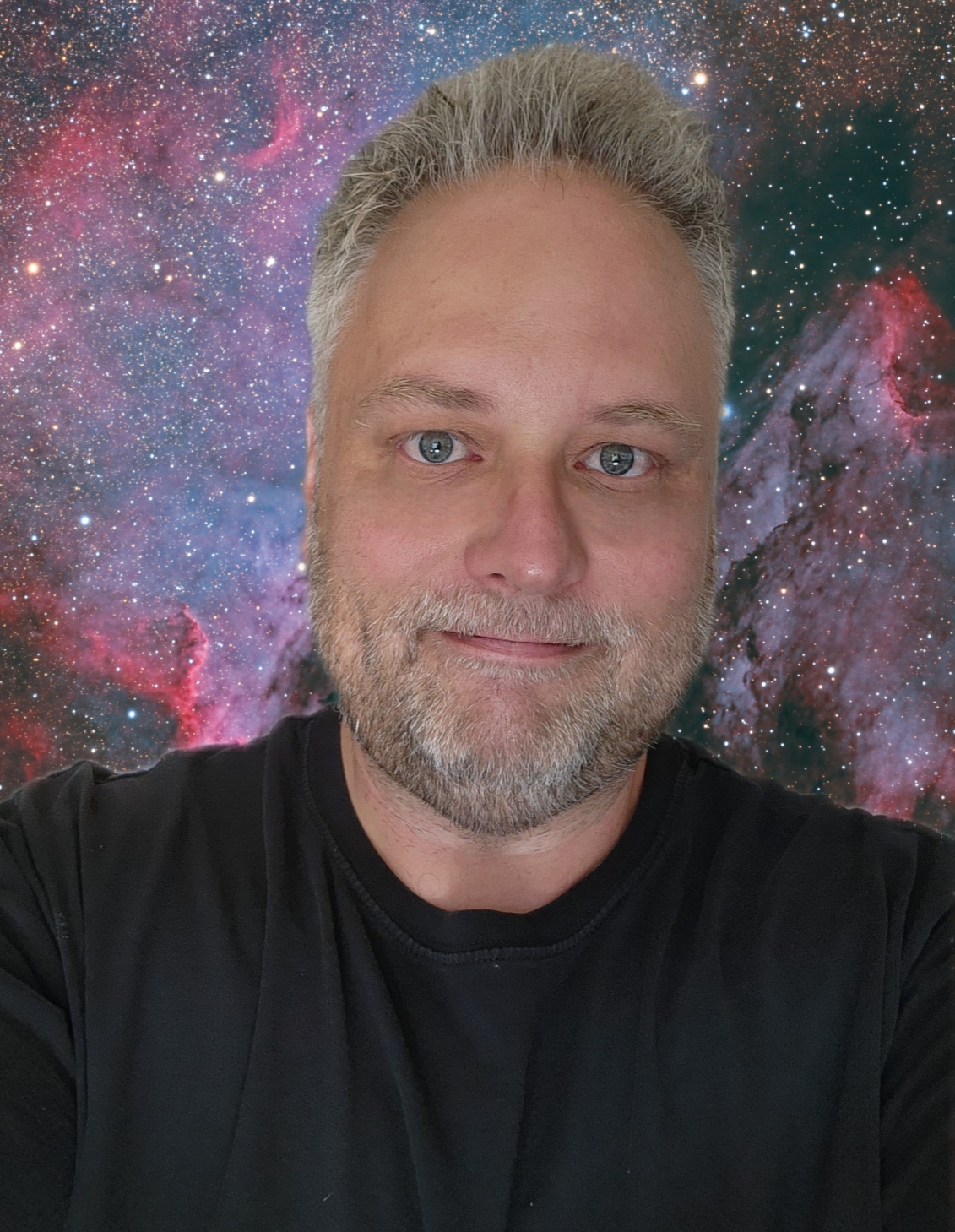No products in the cart.
Another interesting object is NGC7635 also known as the Bubble Nebula in the constellation of Cassiopeia.
 It’s the result of massive stars in the region that create fast-moving gas which spreads out from the star BD +60° 2522. Pushing surrounding sparse gas into a shell. The energetic starlight then ionizes the shell, causing it to glow.
It’s the result of massive stars in the region that create fast-moving gas which spreads out from the star BD +60° 2522. Pushing surrounding sparse gas into a shell. The energetic starlight then ionizes the shell, causing it to glow.
The image data for this was obtained over 2 different clear nights and from 2 different locations, our family cottage on the shore of Lake Huron and the dark site between Conestoga Lake and Listowel, Ontario.
It’s a total of 4 hours obtained with a Canon 350xt DSLR and an Equinox 80mm ED APO refractor with a 0.8x reducer/field flattener.
Image details:
Equipment: Skywatch Equinox 80mm ED APO refractor, William-Optics 0.8x FF/RR, Canon (modified) 350XT DSLR. 400mm FL
Software: Nebulosity 3 for acquisition, calibration and alignment. PHD for auto guiding.
Exposure: Total of 4 hours / 5min subs.
Processed in Photoshop.
#ClearSkies

My story began more than 40 years ago looking up at the Moon with a small telescope my Father had. Encouraged by my parents, who bought me my very own telescope, a 4.5″ reflector, I began to explore the night sky from my family home backyard. Today I do astrophotography from my home in Kitchener, Ontario and also with remote telescopes located in New Mexico and Australia. Some of my images have won awards and have been featured online and in magazines.

